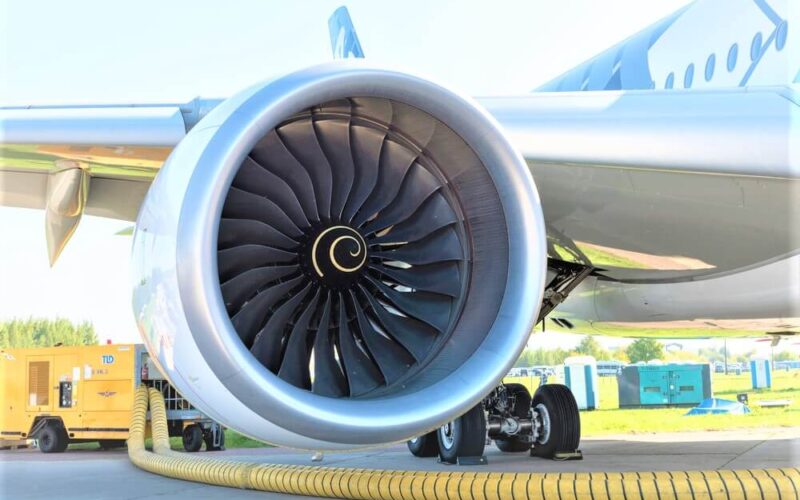Rolls-Royce launched a new project which should speed up the development of future aerospace technologies. British company set a goal to reduce the negative impact of COVID-19-related consequences for airlines and diminish the environmental impact by repairing aircraft components instead of scrapping them.
Rolls-Royce announced that the project, called Reinstate, was launched as a joint program between the manufacturer and the British government to maintain and develop the competitive United Kingdom’s position in civil aerospace design.
The manufacturer stated that it would investigate and improve such technologies as snake robots that could be used to access complex parts inside a jet engine and enable repairs “which are not possible with today’s tools,” announced Rolls-Royce in a statement released on November 4, 2020.
To improve prediction making of when maintenance will be needed, the engine maker would also seek to develop engine sensors and other tools for aircraft inspection and analysis. Roll-Royce announced that miniature, advanced, automated jet maintenance and inspection tools as well as new repair technologies would be used on its existing engines such as Trent XWB, which powers the Airbus 350 family jets.
Following the new project, Rolls-Royce’s goal would be to explore how to „repair and maintain aerospace materials and components for future low-carbon emission aircraft engines and electric technologies“. The second element of the project would be to find innovative solutions for composite fan technology to reduce the weight of aircraft engines. Rolls-Royce stated that it intended to use the solution in its next-generation engine design called UltraFan.
If more components were repaired rather than replaced, airlines would reduce the amount of parts scrappage, according to the manufacturer. It would also help air carriers to save costs.
“This program [Reinstate] will take that one step further by improving how we serve our engines, creating technologies which will reduce waste, avoid emissions and minimize disruption while laying the foundations to service the gas turbine and hybrid-electric engines of the future,” said Ian Mitchel, the Chief of Technology of Rolls-Royce.
Rolls-Royce counted that the development of the project would continue for more than three years.

